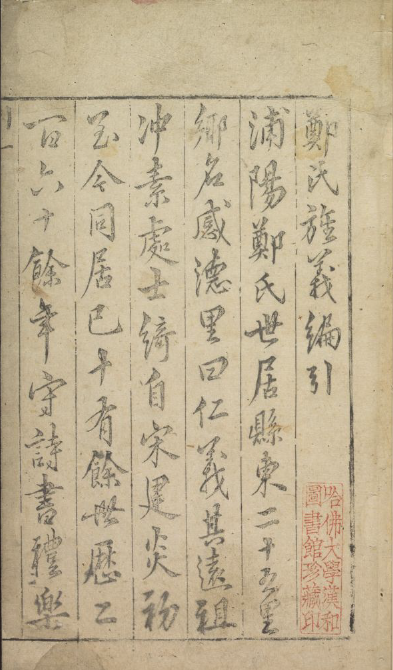
We spoke with Prof. Li Chunyuan (History, Xiamen University) to learn more about the materials he is using in the Harvard-Yenching Library to carry out his research project on “A Study of the Prices in the Yuan Dynasty by Textual Interpretation: a new path for constructing economic data of pre-modern China”
Could you briefly introduce your research project at HYI?
My current project focuses on grain prices in Yuan dynasty China, 1260 – 1350. This is a period of radical political, economic, and social reorganization that significantly changed the historical trajectory of pre-modern China as well as its ways of interacting with the outside world. The lack of systematic statistics and quantitative data has long been a major obstacle to understanding this period from an economic perspective. My project aims, first, to unearth records of grain prices from various primary sources of the Yuan period, and, second, to contextualize these numbers by examining relevant institutional, technical, and even philological issues, such as the official price reporting system, weights and measures, types and qualities of goods, and so on, so that the consistency or inconsistency of the numbers can be clarified to a greater or lesser extent. This will hopefully lay the foundation not only for studies of Song-Yuan-Ming transitions in economy, but also for future application of the same methodology to other periods of pre-modern China.
What materials in the Harvard-Yenching Library have been especially helpful for you?
The Harvard-Yenching Library is a treasure trove for any student of pre-modern China. It has very extensive Chinese collections, both primary sources and scholarly works. I can get almost anything I need for my studies mostly from the library’s collections or occasionally through its interlibrary loan service. I am particularly grateful to the library for responding to my study needs by purchasing a complete set of the Yuanshi Yanjiu Ziliao Huibian, which, along with other Chinese collections, provides a solid foundation for my work here. In addition, the late Goryeo literature in the library’s Korean collection and the extensive collection of Japanese scholarly works on Song-Yuan history are very helpful to my research.

The first page of the preface of Pujiang Zhengshi Jingyibian
Can you give a few examples of interesting findings in these library materials?
The most exciting finding in the Harvard Yenching Library is the discovery (or rediscovery, as this case may be) of the Pujiang Zhengshi Jingyibian as an example of how big clans in the Yuan and early Ming periods responded to the uncertainties and risks of market economy. The book is a manual of clan management compiled by the early Ming chief of the Zheng clan which prospered from Song, Yuan to Ming. It shows a series of precautionary measures that the Zheng clan had taken, such as grains should be bought at low prices in the fall and be sold at high prices, the chief and senior members should fully investigate the market price before buying any land or other real estate, and so on. This connects changes in prices at the macro level with people’s lives at the micro level.
